Smith is averaging just under 18 minutes a game (17:58) and is a minus-4 with no points in four games. He is one of Detroit's top-defensive prospects so don't expect him to sit for too long.

Smith is averaging just under 18 minutes a game (17:58) and is a minus-4 with no points in four games. He is one of Detroit's top-defensive prospects so don't expect him to sit for too long.

The Red Wings shuffled their lines around on Friday and the changes saw veteran Todd Bertuzzi skating on the top line with Pavel Datsyuk and Henrik Zetterberg. “I’m not 100 percent,” said Wing head coach Mike Babcock of the line shuffling. “All I know is I can’t keep going the way I’m going, because it’s not working.”
If Moulson can't play, Cal Clutterbuck will likely slide up and make his NHL debut alongside former OHL teammate John Tavares.
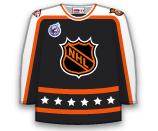
Alfie had a tough night vs. Phoenix. He finished with a minus-3 rating and had a bad turnover in the final minute that led to a Coyotes empty net goal that iced the game.
Matthias will center the third line with Tomas Kopecky and Jesse Winchester. Krys Barch comes out of the lineup to make room.
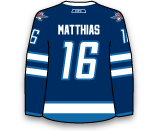
Santorelli was moved there early in the second period in Tuesday's 3-2 OT win over the New Jersey Devils, scored the OT winner and finished the game plus-3. Santorelli skated with the twins in practice Wednesday. “He doesn't make a lot of mistakes and he's scoring goals, too, so he's been a great surprise,” said Daniel of Santorelli. “I mean, I knew he was good but he's been really good. I like his game. He's such a smart player." With Alex Burrows out, Santorelli is getting a shot with the twins. Anyone that plays with the twins definitely gets a boost in fantasy value.
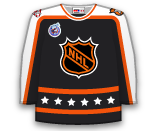
Halischuk impressed the Jets during the preseason, and will make his season debut tonight. He has 25 goals and 29 assists (54 points) in 157 career NHL games with the Predators and Devils.
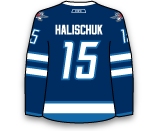
Penner has an assist and a plus-3 rating in two games.
The fifth overall pick in 2010 never got a chance when he was with the Islanders, but is finally getting his shot with the WIld. He has two assists in three games, but definitely receives a boost in value playing on the Minnesota top line.

Bourque was one of the Predators top forwards a year ago, but has struggled this season — not scoring a point. He is a minus-1 and has fired just two shots on goal.
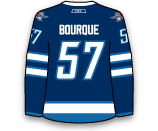
Josh Leivo would likely remain in the Maple Leafs lineup should McClement be unavailable.
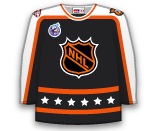
Panik will look to get back into head coach Jon Cooper's good side after being a healthy scratch on Tuesday. He has no points and a minus-2 rating in two games.

Grigorenko has seen his ice-time drop in every game this season. The 2012 third overall pick has struggled this season. “You have to find a way to be an impact in a game,” coach Ron Rolston said. “It’s his ability to put himself in positions where he can use those skills. That means you’ve got to go to the puck, you’ve got to get the puck, you’ve got to support the puck, you’ve got to be around the puck, you’ve got to battle for the puck. You can stickhandle in a phone booth and that doesn’t really translate unless you can be an impact on the game."
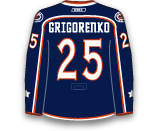
Carrick has one goal and a minus-2 rating while averaging 13:37 TOI in three games this season.

Urbom will make his Capitals debut tonight after being claimed off of waivers last week. He had eight assists in 68 games in the AHL last season.
Carter re-enters the lineup after being a healthy scratch on Tuesday. He has no points and a minus-4 in three games.
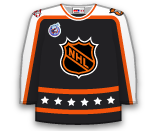
Loktionov has one assist and is a minus-1 while averaging 14:10 TOI in four games.

McClement's wife went into labour this morning.

Tonight's game will be Rostislav Olesz's first as a Devil and first NHL game since Nov. 13, 2011 with Chicago against Edmonton.
The Blackhawks are currently carrying eight defenseman, so they have the ability to shuffle their bottom pair around. "You just can't really get too down on yourself when you're not playing," said Brookbank, who was signed to a two-year deal prior to the 2012-13 season. "You just want to be positive. You don't want to be walking around the room kind of moping around and stuff like that."